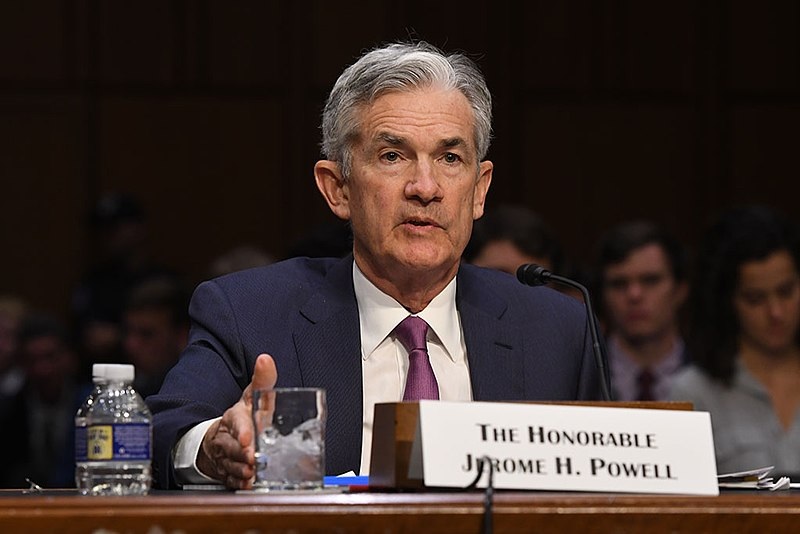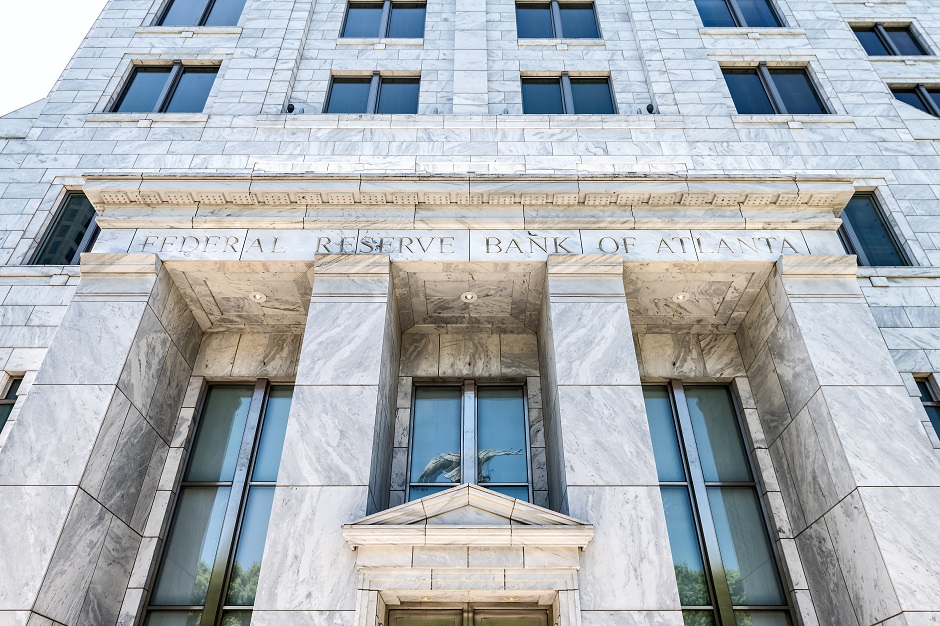economy headline news
APS Radio News — As it did earlier this year, on Wednesday, the Federal Reserve increased interest rates, in order to slow rates of inflation not experienced since the 1980’s. headline news
It repeated its increased implemented earlier this year by increasing interest rates three-quarters of a percentage point.
Yesterday’s increase represents the fourth interest rate increase of the year.
For a number of years, the Federal Reserve has kept interest rates at record low levels. Indeed, before its series of rate increases, interest rates were just above zero.
Combined with low interest rates was the policy of quantitative easing.
Although it was used in the aftermath of the financial crisis of 2008, beginning in March of 2020, just as lockdowns were being imposed, it embarked on a massive program of monetary expansion.
Between the early part of March 2020 and the beginning of this year, the Federal Reserve added over $4 trillion to its holdings.
And it did so such that the velocity at which the program was conducted added to the likelihood of increased levels of inflation.
When massive amounts of money are added to the economy at high levels of velocity, the probability of higher levels of inflation is increased substantially.
When a central bank increases its holdings, it purchases greater amounts of government bonds and corporate bonds.
In contrast, when a central bank sells government bonds, in effect, it withdraws money from the economy.
From March of 2020 to the beginning of this year, each month the Federal Reserve purchased billions of dollars of Treasury bonds and corporate bonds.
During and after the financial crisis of 2008, the central bank purchased mortgage-backed securities that were selling at greatly reduced prices, as those instruments often were based on sub-prime mortgages.
Institutions like Goldman Sachs, which until the crisis had been hawking & promoting mortgage backed securities, sold those instruments as a result of the crisis of sub prime mortgages and the contracting of the “repo” market.
When the Federal Reserve purchases Treasury bonds and/or corporate bonds, it increases the money supply.

Another variable that has contributed to higher rates of inflation has been that of lockdowns.
The latter eventually caused thousands of businesses to close.
In particular, in the US, by October of 2020, over 100,000 businesses had closed, many permanently as a consequence of lockdowns and restrictions imposed by various levels of government that year.
In turn, the closing of those businesses has caused shortages of various goods and services.
Delays at major shipping ports added to the problem of shortages; often delays in offloading and shipping from ports were a consequence of lockdowns, restrictions and vaccine mandates.
Concerning the latter, a number of employees left there jobs rather than be forced to take a treatment of which they were suspicious.
The combination of aggressive monetary policy, in favor of infusing into the economy trillions of dollars, and shortages has led to noticeably higher rates of inflation.
When rates of inflation were this high, as they were in the early 1980’s, at that time, the Federal Reserve resorted to increasing interest rates substantially.
economy headline news
Those policies were implemented under the chairmanship of Paul Volcker. Eventually because gas prices fell and because of the policies Mr. Volcker had implemented, inflation was reduced by the mid 1980’s.
As rates of inflation have been 9% compared to a year ago, it is anticipated that the Federal Reserve will increase interest rates again by the end of the year.
At its meeting last month, Federal Reserve officials projected that interest rates would increase to more than 3% by 2023. The rate-setting committee will meet again in September, November and December.
The Commerce Department is set to release its report on estimates of GDP for the second quarter.
It’s expected that the report will show a decline, even as President Biden and Treasury Secretary Janet Yellen maintain that the economy is not in recession.
However, economists say that increasing interest rates, which affect mortgages with variable interest rates and credit cards, will slow the economy.
As well, as prices for commodities & various goods and services become more expensive, consumers will reduce their spending.
Another matter that complicates appraisal of rates of inflation is that of the consumer price index.
From the calculus, government officials prefer excluding items like food and fuel, as they rationalize that those items are deemed “too volatile”, even as those items represent a large portions of the purchases of most consumers and businesses.
Because they exlude those items, that is, in the context of “core inflation”, the latter index is always lower than other metrics of inflation that include the prices of food and fuel.
Jerome Powell, the chairperson of the Federal Reserve, was quoted as saying, “I do not think that the U.S. is currently in a recession,” adding that, according to him, there are many parts of the economy doing rather well, or, perhaps, “too well”.
Mr. Powell said that the labor market is slowing but is still doing well. He cited the number of 3.6% unemployment.
But, as has been true since the mid 1990s when the method of measuring such things was changed during the Clinton administration, those who have been unemployed longer than several months are not counted as among those unemployed.
Thus, it is not unlikely that the unemployment rate is greater still; during the lockdowns, many people became unemployed. Eventually, with regard to those who remained unemployed, officially tabulated numbers failed to account for the long-term unemployed.
And many small and medium-sized businesses were shuttered as a result of the lockdowns. Until the virus thing, small and medium-sized businesses account for about 40% of the economy. Accounting for about 40% of the economy means that much employment is maintained by those entities.
Their failing, due to lockdowns and restrictions, also means the withdrawal of many jobs.
According to observers, ostensibly, at least, central banks are trying to slow rates of inflation, by increasing interest rates and, thus, by increasing unemployment rates.
During the early months of 2020 not only was the Federal Reserve adding substantially to its holdings, but a number of other central banks were doing so as well.
Those banks included the European Central Bank, which has added over $3 trillion to its holdings, by purchasing additional amounts of corporate and government bonds, and the Bank of Japan, which has purchased over $1 trillion dollars of corporate and government bonds.
In general, lockdowns, reportedly implemented because of the virus, and massive programs of quantitative easing were implemented by a number of countries almost, it seems, in unison.
Lockdowns were implemented in the context of a virus that, in the US, for example, has had a mortality rate of .07% and for most age groups a recovery rate of 99%.
In previous years, when the season flu was being recorded, the average mortality rate could be as high as .12%.
Going back further in history, during a period in the 1920’s, the Federal Reserve was engaging in monetary expansion and was keeping interest rates low.
Then on the eve of the stock market collapse of 1929, the central bank reversed course, succeeding in contracting the money supply and by making borrowing money more expensive.
economy headline news


